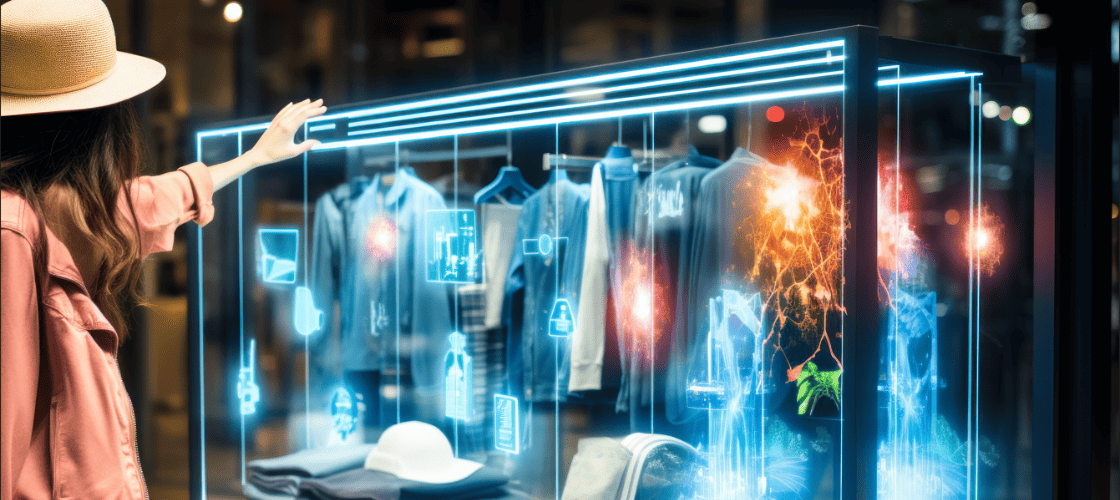Retail & Distribution
Omnichannel enhances the shopping journey
15 June 2016
Shopping has evolved from a simple decision about a purchase to a complete journey, and there are many ways in which omnichannel retailing can be subtly woven throughout this voyage to provide a unique and brand-defining customer experience. Let’s look at four stages of the shopping journey and see how omnichannel enhances each touchpoint.
Research
The first stage is all about the research. Digital developments have unsettled the impulse purchase and now customers are thirsty for visuals and product details so that they can make an informed choice before they part with their hard-earned dollars. They also want to be able to compare products and prices across retailers so that they can be sure that they are getting the best deal.
Online photo galleries, product information and comparison tools can be utilized to fulfil this need, but what about if the customer is browsing in store? Keeping the shopper instore is crucial, but yet the customer also needs to feel empowered in the decision making process. REI (Recreational Equipment Inc), a national outdoor and sporting goods retailer, offers free Wi-Fi inside their stores so that consumers have the freedom to research and compare products. This move seamlessly combines their offline and online channels and gives customers the ability to utilize the best parts of both.
REI reported that 75% of their customers who buy in-store also visit their website or mobile app, taking advantage of REI’s full omnichannel experience.
Product exploration
Humans are tactile creatures and we like to physically explore everything around us. Therefore, once we have decided on a product it is only natural for us to want to literally get to grips with it. The benefit of a physical store here is huge. Many consumers order items online, but then return them when they receive them because there is something about them that they just don’t like – be it the texture, the smell, the flavor. Let’s face it, you wouldn’t order a new perfume online unless you knew how it smelt.
Sensploration is a strategy that sees retailers appeal to consumers via their senses. From signature scents sprayed instore (Hugo Boss) to interactive window displays (Bloomingdales), there are countless ways in which retailers can engage their customers through sight, sound, touch, taste and smell in order to create a unique or highly personalized shopping experience that will largely be centered around the actual store. Such product exploration is currently limited to sight and sound online, but innovative games and videos help to capture the interest of the consumer.
Purchase and delivery
Regardless of which channel your customer uses to make the purchase, the transaction itself needs to be streamlined. Straightforward and supremely secure checkouts are pivotal for online stores, as are timely deliveries. A multichannel retail survey by econsultancy.com* found that 50% of respondents abandoned their purchase altogether due to unsatisfactory delivery options. The majority of customers actually prefer fixed date, next day or to-store delivery choices and are prepared to pay for the privilege.
Consumers that opt to purchase instore no longer need to miss out on a smooth transaction either. Mobile POS systems have changed the face of payment processing and an increasing number of retailers are becoming equipped with this sleek, modern and mobile way to process transactions which fuses the benefits of instore customer service with advanced options such as digital wallets, email receipts, delivery to home and more.
Mobile POS also empower your instore sales associates by giving them the power of your online store at the touch of a button. With comprehensive product information, your sales team can check live inventories and recall detailed customer information, helping them to create an intensely personal and memorable service for each and every customer.
Returns
Returns are an inevitable part of retail, but few online customers return goods the same way that they bought them. In fact, the majority of consumers choose to return their unwanted goods to the actual store regardless of which channel they purchased through. The reassurance that it arrived back to store safely, no additional charges and the speed with which a refund is processed are all motivational factors for this.
Offering “return to store” on your online purchases is a guaranteed popularity booster, and is an easy way to integrate your online and offline sales channels. It also ensures foot traffic back to the store which opens up the possibility for further sales.
Contact us to learn how more on implementing a successful omnichannel strategy for a connected retail experience.
Source
*http://econsultancy.com/reports/the-multichannel-retail-survey


